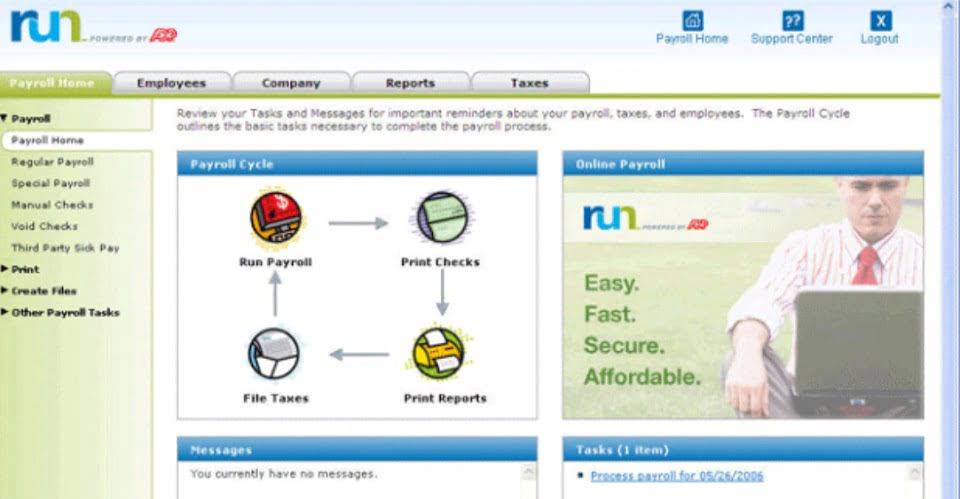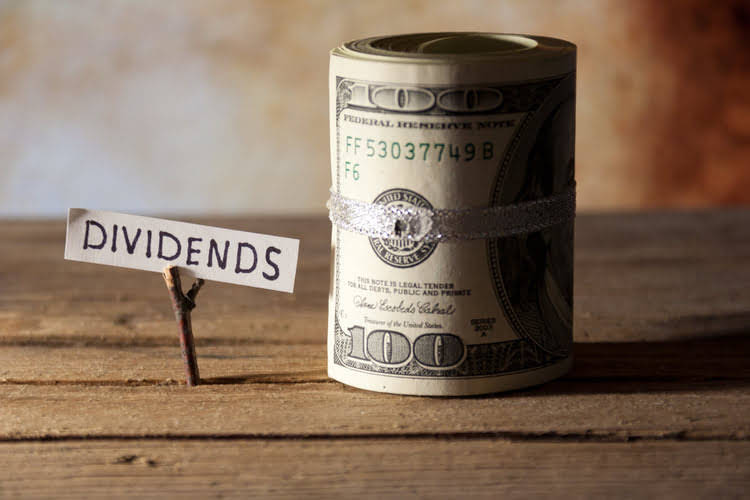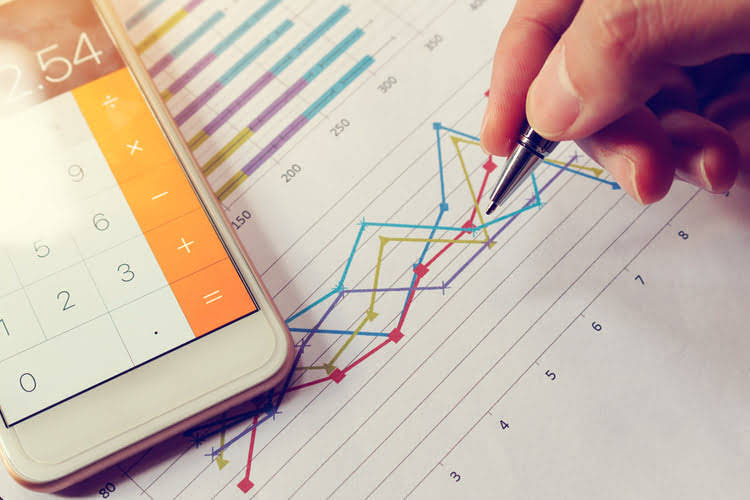Content

I’ve been featured on Forbes, Fast Company, and The Globe & Mail as a productivity thought leader. At AE I’m responsible for leading teams and executing our vision to assist people all over the world live their best life possible. Take each expense item, and work out how many working hours it took you to purchase that. To do that, you want to take the value of the item and divide it by your real hourly wage. Company B’s stock is expected to return 10% over the next year.

However, you may decide the value of a freelance set-up is greater than the loss of your 9 to 5. Because most finance managers operate on a set budget with predetermined targets, many businesses easily pass over opportunities for growth. Most financial decisions are made without the consultation of operational managers. As a result, operational managers are often convinced by finance departments to avoid pursuing value-maximizing opportunities, assuming that the budget simply will not allow it. Instead, workers slave to achieve target production goals and avoid any changes that might hurt their short-term performance, for which they may be continually evaluated.
Types of opportunity costs
In this situation, the company opts to produce more of one product while decreasing the amount of the other. For calculating opportunity cost, the difference between the expected returns of each option must be taken into account. The opportunity cost of investing in Stock B is the potential return https://www.bookstime.com/ you could have gotten from investing in Stock A instead. In other words, if you invest in Stock B, you’re giving up the opportunity to invest in Stock A and any benefits or returns you could have received from it. The value of the next best alternative use of a resource is its opportunity cost.

However, when making personal decisions, things might not be straightforward. As you have seen, most situations in life revolve around opportunity cost. Every time you make a choice, you automatically lose other alternatives that you could have chosen.
Product
For example, the opportunity cost of attending college does not include room and board, since you would still make this expenditure even if you were not attending college. However, if the opportunity cost of focusing on one activity outweighs the potential gain, then it could be time to reconsider. Capital structure is the mixture of the debt and equity a company uses to fund its operations and growth. Knowing how to calculate opportunity cost can help you better approach your capital structure.
- For example, if you decide to study for an exam instead of going to a movie, the opportunity cost is the enjoyment and entertainment you could have had at the movie.
- Staying at home means you produce value in your business, but you lose social time with friends, which renews your concentration and motivation levels, and you also lose out on any enjoyment factor.
- While the data and analysis Stash uses from third party sources is believed to be reliable, Stash does not guarantee the accuracy of such information.
- If it fails, then the opportunity cost of going with option B will be salient.
- So there is an opportunity cost to everything we do, and that cost is expressed in terms of the most valuable alternative that is sacrificed….
It is an important factor in decision-making because it helps individuals and organizations weigh the costs and benefits of different options and choose the one that provides the most value. You chose to read this article instead of reading another article, checking your Facebook page, or watching television. Your life is the result of your past decisions, and that, essentially, is the definition of opportunity cost. Here is the way to calculate opportunity cost, along with some ways it can be used to inform your investment decisions and more. Opportunity cost is used to calculate different types of company profit. The most common type of profit analysts are familiar with is accounting profit.
Opportunity Cost
The opportunity cost is the potential benefit or profit you could have gained if you chose an alternative option. When we talk about increasing opportunity cost, we mean that the cost of consuming more of a given resource will rise as more of it is used. This is true because the value of the next best use of a resource is equal to the opportunity cost of using that resource. The idea of rising opportunity costs is a common one in economics used to explain why manufacturing some goods and services could become more expensive over time. As a resource is used more frequently, the opportunity cost of using additional units of that resource rises, raising the cost of production. Implicit opportunity costs are often overlooked or ignored because they are not directly stated or visible.

Opportunity cost does not show up directly on a company’s financial statements. Economically speaking, though, opportunity costs are still very real. Yet because opportunity cost is a relatively abstract concept, many companies, executives, and investors fail to account for it in their everyday decision making. Assume the expected return on investment (ROI) in the stock market is 12% over the next year, and your company expects the equipment update to generate a 10% return over the same period. The opportunity cost of choosing the equipment over the stock market is 2% (12% – 10%). In other words, by investing in the business, the company would forgo the opportunity to earn a higher return.
Opportunity cost definition
These costs may encompass those related to acquiring, setting up, and mastering new capital equipment, as well as costs tied hiring, dismissing, and training employees to modify production. We use “adjustment costs” to describe shifts in the firm’s product nature rather than merely changes in output volume. In line with the conventional concept, the adjustment costs experienced during repositioning may involve expenses linked to the reassignment of capital and/or labor resources. However, they might also include costs from other areas, such as changes in organizational abilities, assets, and expertise. A company used $5,000 for marketing and advertising on its music streaming service to increase exposure to the target market and potential consumers.
Are opportunity costs measured in monetary terms?
Opportunity cost refers to what is actually given up when making a purchase or taking an action. For example, if an individual decides to pay school fees with the money then the opportunity cost of this decision is the money that could be earned in case such individuals started a business.
Let’s take a look at another opportunity cost example on the production possibility curve. Opportunity cost is usually expressed in terms of how much a product, service, or activity must be forgone to produce a good or pursue an activity. For instance, if you decide to buy a new phone, the cost of this activity isn’t https://www.bookstime.com/articles/what-is-opportunity-cost just what you’ll pay for but the value of the forgone alternative, such as signing up for a self-improvement course. There is a simple and practical method that solves this problem. When you understand opportunity cost, you have the power to measure every alternative with precision and make the right decisions.
Over the next 50 years, this investor dutifully invested $5,000 per year in bonds, achieving an average annual return of 2.50% and retiring with a portfolio worth nearly $500,000. Although this result might seem impressive, it is less so when one considers the investor’s opportunity cost. If, for example, they had instead invested half of their money in the stock market and received an average blended return of 5%, then their retirement portfolio would have been worth more than $1 million.
- Companies or analysts can future manipulate accounting profit to arrive at an economic profit.
- A sunk cost is money already spent in the past, while opportunity cost is the potential returns not earned in the future on an investment because the capital was invested elsewhere.
- It is a concept you can apply in many situations, from deciding which projects you should pursue to spending time with loved ones instead of working overtime.
- We can also look at three examples of opportunity costs through a production possibility curve.
- Buying 1,000 shares of company A at $10 a share, for instance, represents a sunk cost of $10,000.
- As you have seen, every action you’ll take has an opportunity cost.
- This information is not intended as a recommendation to invest in any particular asset class or strategy or as a promise of future performance.
In a Production Possibility Curve, the opportunity cost of a product at a given point on the curve is the slope of the curve at that point. Another huge dilemma that affects a lot of people is choosing to start a business or advance their careers. At first, the cost of starting a new business can make you think twice about following this path. On the other hand, advancing your career can enable you to develop new skills and get ahead in life. However, you’ll easily notice that entrepreneurs tend to achieve more of what they want than those who are employed.






